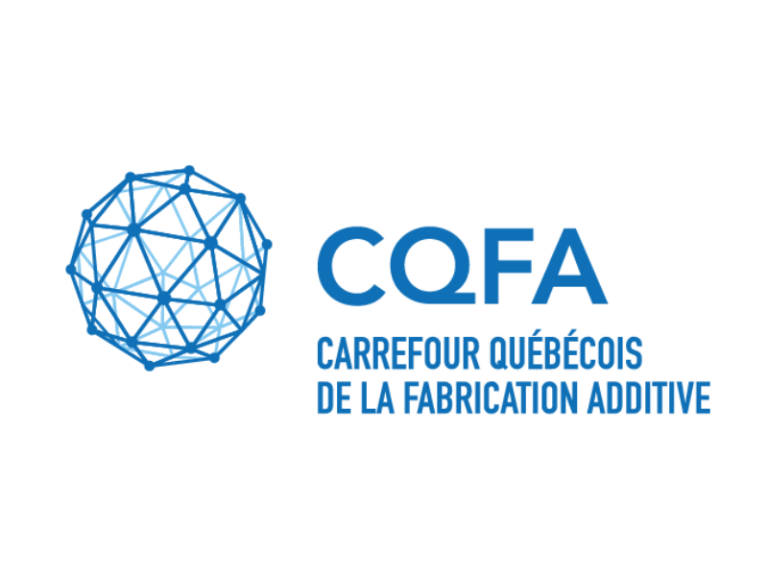
2023/05/08
Identifying efficient solutions for additive manufacturing of short carbon-fiber reinforced polyamide 6 from energy and mechanical perspectives
Le Gentil, T.; Langot, J.; Therriault, D.; Kerbrat, O. (2023). Identifying efficient solutions for additive manufacturing of short carbon-fiber reinforced polyamide 6 from energy and mechanical perspectives. Procedia CIRP, Volume 116, 2023, p540-545.
Additive manufacturing (AM) technologies have transformed manufacturing, by providing greater control over the material deposition. Owing to its versatility and high strength-to-mass ratio, AM with composite materials has grown exponentially, founding many applications in industries. Further implementation of AM with composite materials would require the user to be able to improve FFF (Fused Filament Fabrication) efficiency regarding energy and technical aspects. For this purpose, it is necessary to assess the energetic and mechanical effects of printing parameters. In this paper, five printing parameters are evaluated: bed heating strategy, bed temperature, nozzle temperature, layer thickness and deposition speed regarding energy consumption during printing phase and ultimate tensile strength (UTS). A decision-making tool based on Ashby’s material selection tool is also implemented to further discriminate different solutions. Different weights and a Pareto front have been used to illustrate the methodology’s potential. Among the tested parameters, bed heating strategy has proven to be the most impactful parameter while bed temperature shows little to no effect. This study proposes a methodology as starting point for efficient FFF printing.